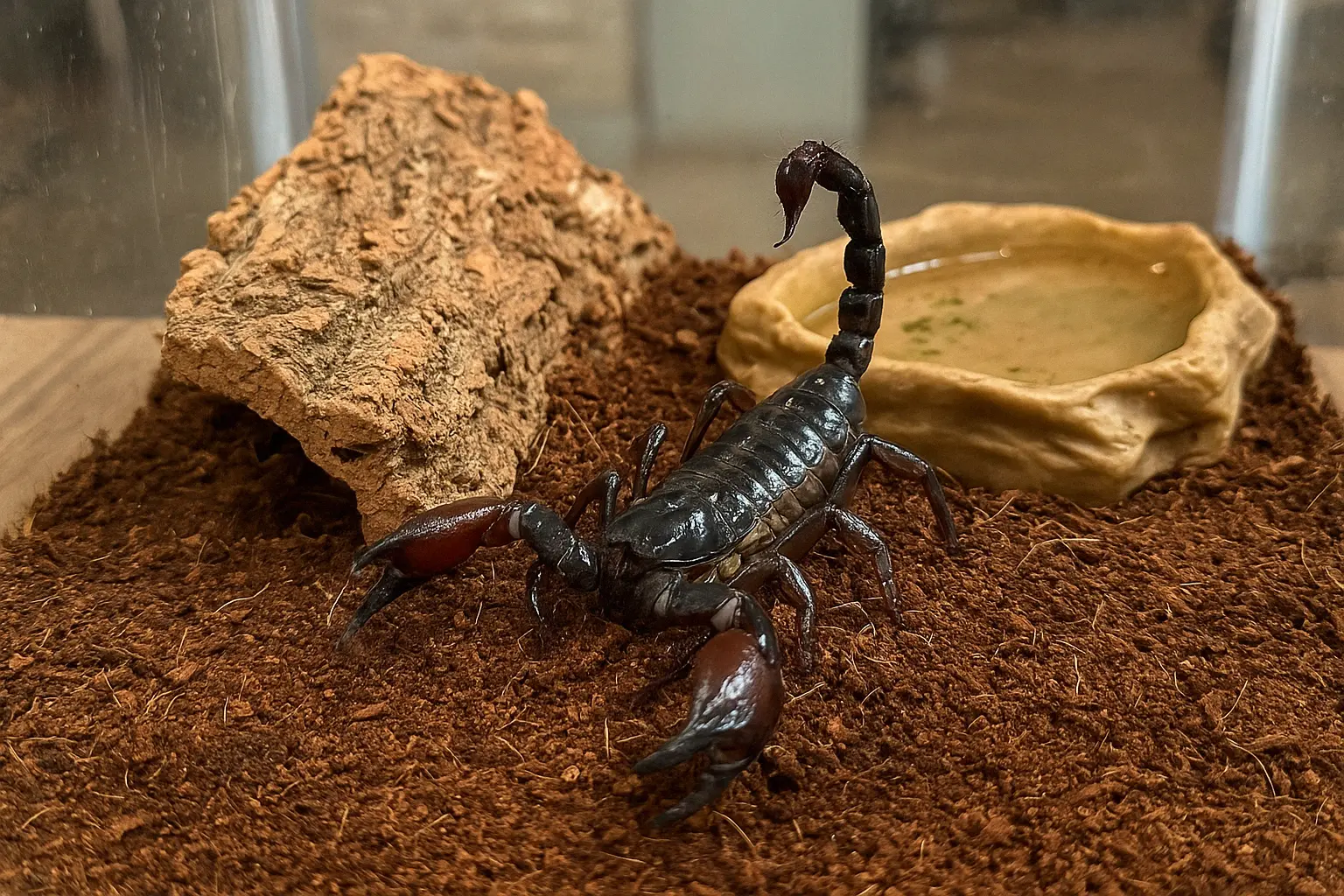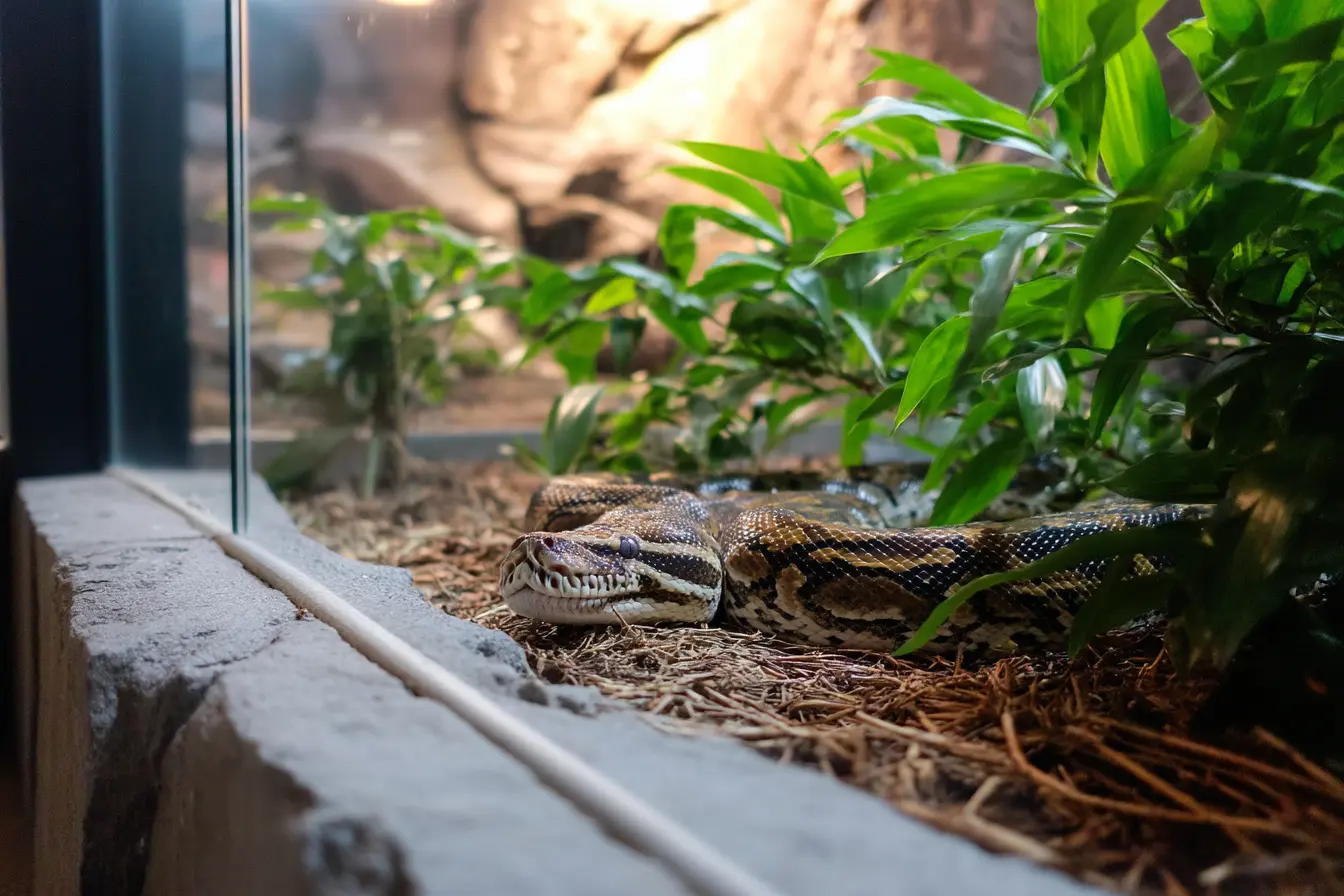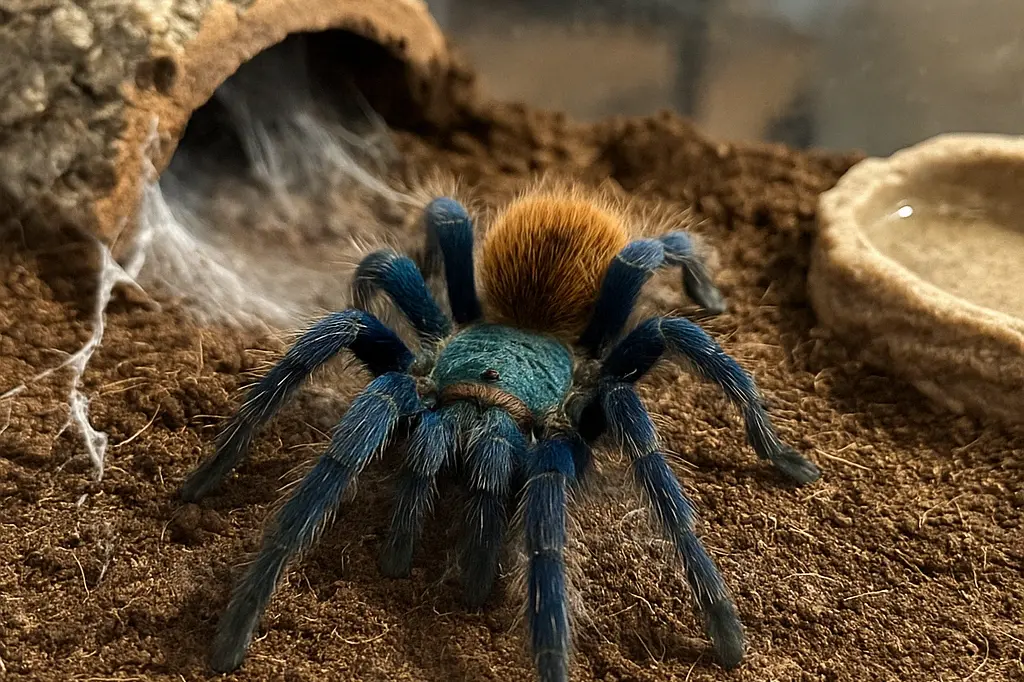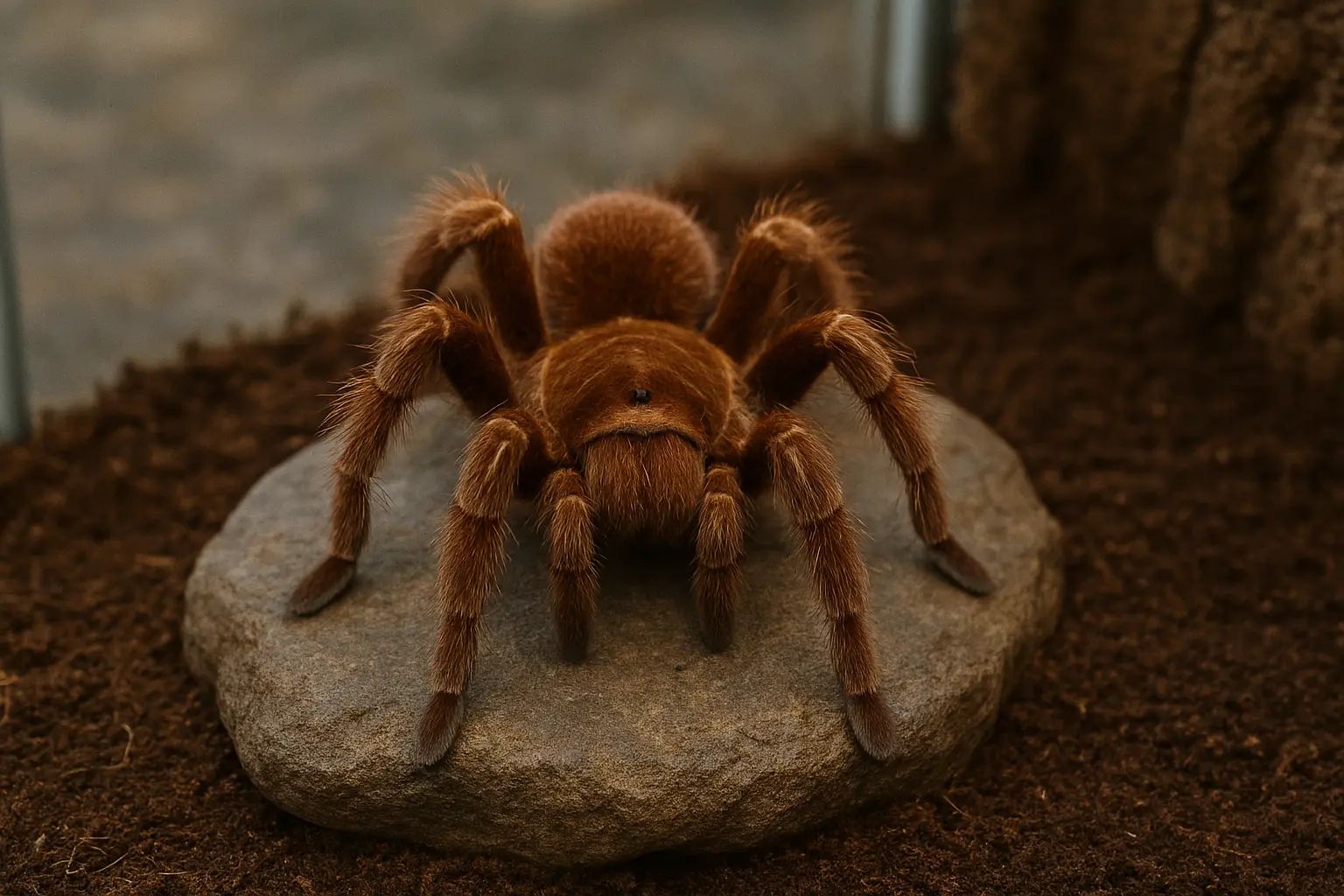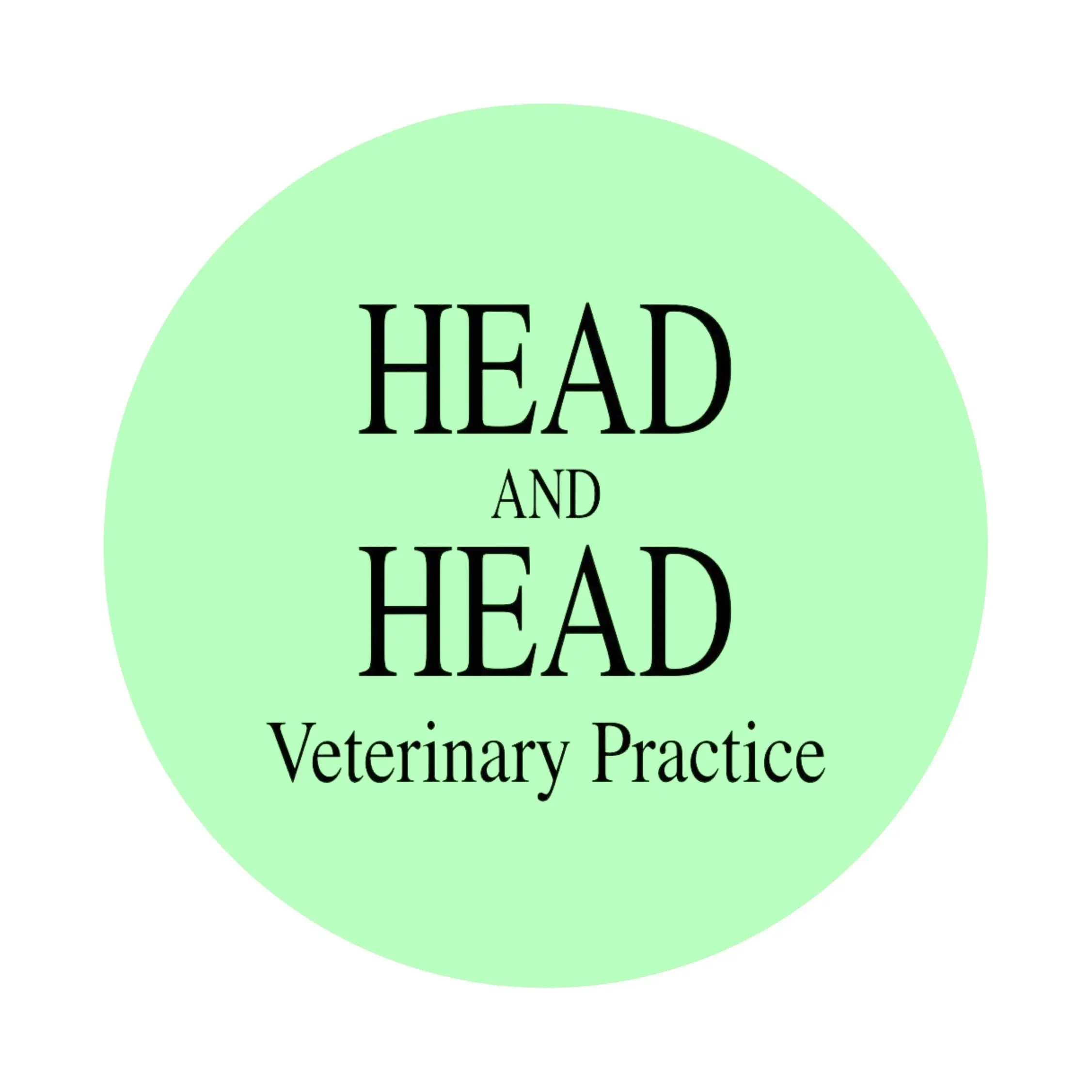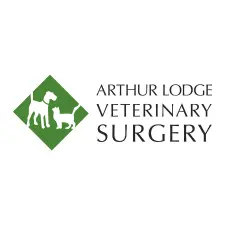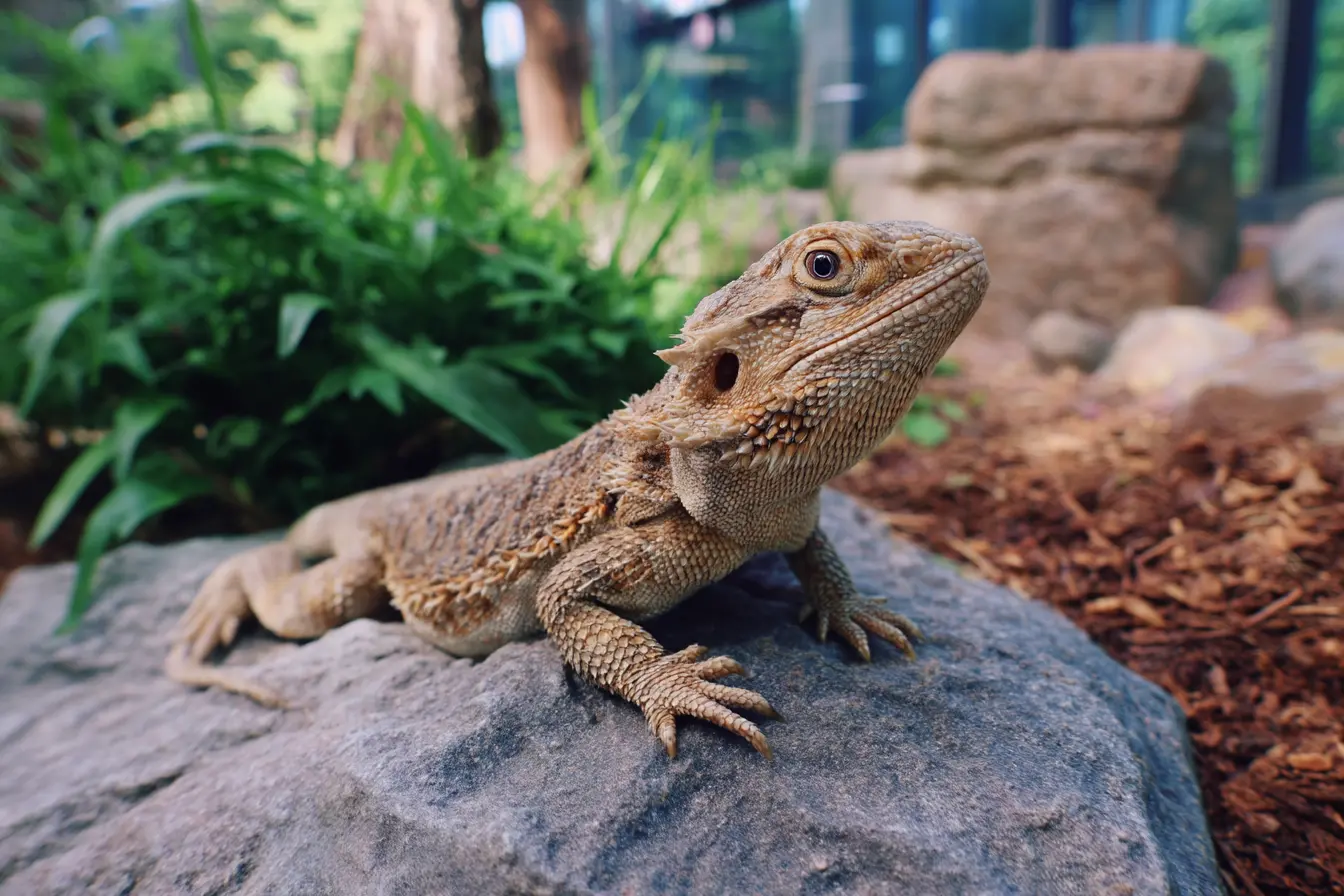
The Essential Guide to Bearded Dragon Care
If you’re thinking about getting a bearded dragon as a pet, you’re in for a rewarding experience. These friendly reptiles are a popular choice in the UK due to their docile nature and relatively straightforward care. However, bearded dragons (often affectionately called "beardies") have specific needs that must be met to ensure they live a happy and healthy life.
In this guide, we’ll cover everything you need to know, including their natural behaviour, sourcing and selecting a healthy dragon, setting up a habitat, diet, specialist vet care, and long-term maintenance.
What is a Bearded Dragon?
Bearded dragons are reptiles native to the arid regions of Australia. The most common species kept as pets is the central bearded dragon (Pogona vitticeps). They are named for the beard-like pouch under their chin, which can darken and expand when they feel threatened or want to display dominance.
Adult bearded dragons can grow to around 45–60 cm in length (including the tail) and live for 10–15 years with proper care. They are known for being friendly, curious, and easy to handle, making them great pets for beginners and families.
Sourcing a Bearded Dragon
Where you get your bearded dragon from and how you select the right one are important steps in becoming a responsible owner. Here are some tips to help you make the right decision:
Where to Buy
- Reputable Breeders: Focus on breeders who prioritise health and are transparent about their animals.
- Specialist Reptile Shops: Ensure they have a good reputation, and the dragons look healthy and active.
- Rescue Centres: Adopting is a great option if you want to provide a home to a dragon in need.
Avoid unverified sources or pet shops that do not specialise in reptiles.
What to Look For
- Bright Eyes and Clear Nose: No discharge from the nose or eyes.
- Smooth, Full Body: Check for signs of injury, deformities, or missing toes.
- Active and Alert Behaviour: Healthy dragons are curious and responsive.
- Normal Eating Behaviour: If possible, observe the dragon eating.
Age Considerations
- Juvenile Bearded Dragons: Great if you want to raise one from a young age but require frequent feeding and care.
- Adult Bearded Dragons: Calmer and more predictable, making them ideal for first-time owners.
Setting Up the Perfect Habitat
A proper enclosure is critical to the health and well-being of your bearded dragon. Here’s what you’ll need:
Enclosure Size
For adults, a vivarium should be at least 120 cm (L) x 60 cm (W) x 60 cm (H). Ensure plenty of space for movement, basking, and climbing.
Substrate
Safe options include:
- Reptile carpet
- Non-adhesive shelf liner
- Tiles
Avoid loose substrates like sand, as they can cause impaction if ingested.
Heating and Lighting
- Basking spot: 38–42°C
- Cool side: 22–26°C
Use basking bulbs and ceramic heat emitters to regulate temperature.
UVB lighting is essential to help your dragon synthesise vitamin D3 and absorb calcium. Use a 10–12% UVB bulb covering at least two-thirds of the vivarium and replace it every six months.
Hides and Decorations
Provide hiding spots, climbing branches, and rocks to mimic a natural environment and reduce stress.
Diet and Nutrition
Bearded dragons are omnivores. Their diet changes as they grow:
Juvenile Bearded Dragons
- 70% live insects (crickets, dubia roaches, locusts)
- 30% vegetables (kale, butternut squash, dandelion greens)
Adult Bearded Dragons
- 70% vegetables
- 30% live insects
Dust live insects with calcium three to five times per week and a multivitamin once weekly. Always provide fresh water.
Handling and Behaviour
Bearded dragons are generally docile and enjoy interaction. To build trust:
- Handle them gently and support their entire body.
- Avoid sudden movements.
- Wash hands before and after handling to reduce the risk of bacteria transmission.
Specialist Vet Care
Bearded dragons don’t need vaccinations, but routine health checks with a reptile specialist vet are essential for maintaining their health.
Routine Health Checks
Annual check-ups help detect issues early. Vets will:
- Perform a physical exam
- Test for internal parasites
- Ensure diet and habitat conditions are optimal
Common Health Issues
- Metabolic Bone Disease (MBD): Caused by calcium deficiency and poor UVB exposure. Early symptoms include lethargy and deformities.
- Parasites: Cause weight loss, diarrhoea, and lethargy. Regular faecal tests help detect them.
- Respiratory Infections: Often due to incorrect humidity or temperatures. Symptoms include wheezing and mucus discharge.
- Impaction: Caused by ingesting loose substrate or large food items. Symptoms include bloating and refusal to eat.
Emergency Situations
Contact a vet immediately if your dragon shows signs of:
- Severe bloating or prolonged constipation
- Breathing difficulties
- Sudden weight loss or extreme lethargy
Care and Maintenance
Regular maintenance keeps your bearded dragon healthy and its environment clean.
Daily Tasks
- Check temperatures and humidity.
- Remove uneaten food and clean the water dish.
- Observe behaviour for signs of illness.
Weekly Tasks
- Spot-clean waste and replace soiled substrate.
- Clean surfaces with reptile-safe disinfectant.
Monthly Tasks
- Deep-clean the entire vivarium, disinfect all decorations, and replace the substrate.
- Replace UVB bulbs every six months, even if they appear to work.
Final Thoughts
Bearded dragons make wonderful pets when their needs are properly met. They’re fun, interactive, and relatively easy to care for once you’ve set up the right environment. Before bringing one home, ensure you’re fully prepared and have everything ready for their arrival.
By following this guide, you’ll provide your bearded dragon with a happy, healthy life and enjoy a rewarding companionship for years to come.
Related Vets
Vets near you
Speciality vets
- Aquatics vet specialists
- Birds vet specialists
- Camelids vet specialists
- Cats vet specialists
- Cattle vet specialists
- Deer vet specialists
- Dogs vet specialists
- Equines vet specialists
- Exotic vet specialists
- Goats vet specialists
- Pigs vet specialists
- Poultry vet specialists
- Sheep vet specialists
- Small Mammals vet specialists
- Wild vet specialists
